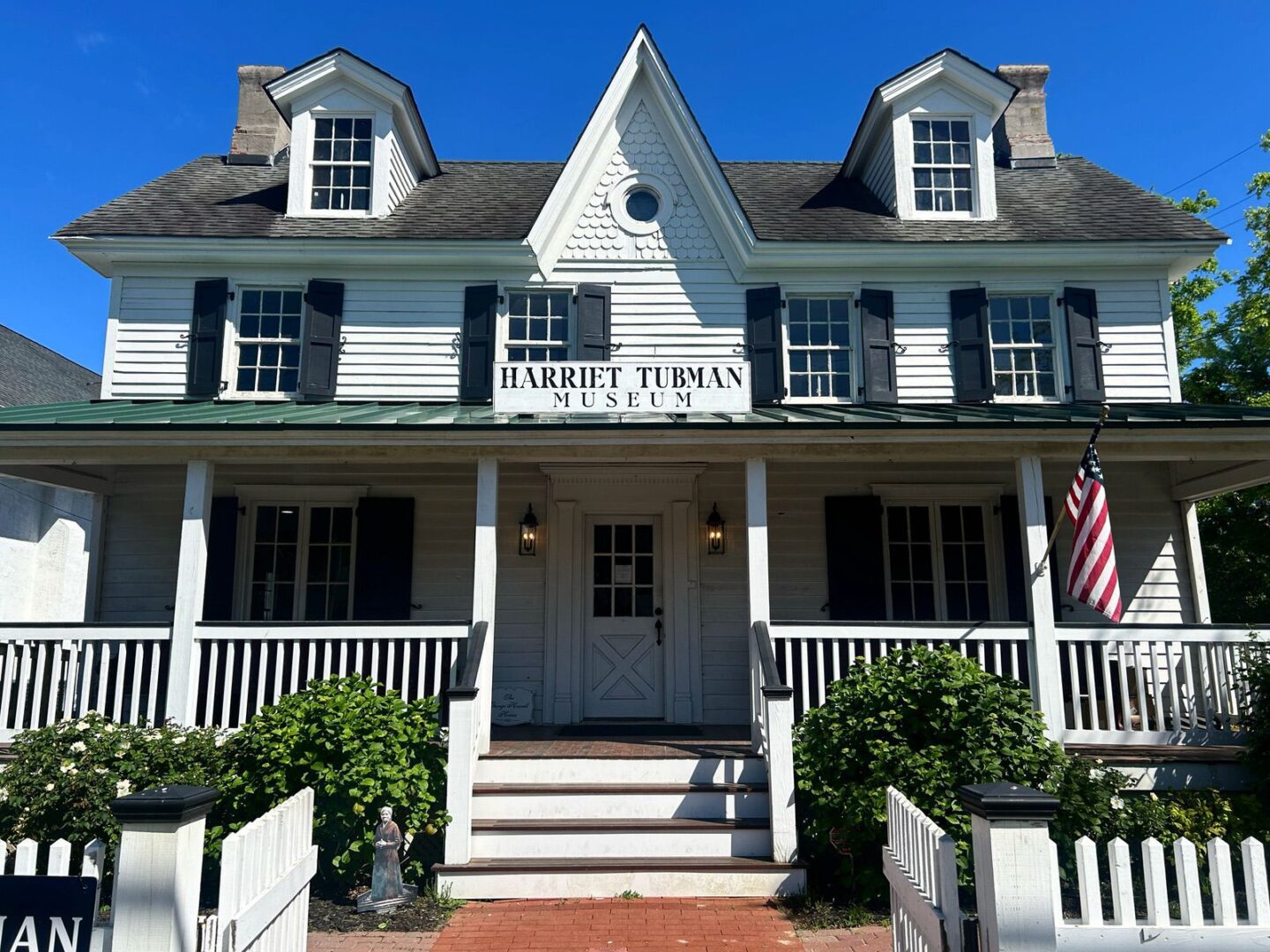
Emlen Physick was born into extravagant wealth. He was progressive and educated, earning a doctorate in medicine, but lived a comfortable life as a gentleman of leisure. In the late 19th century, he moved into his family’s vacation home in Cape May, an 18-room Gilded Age mansion.
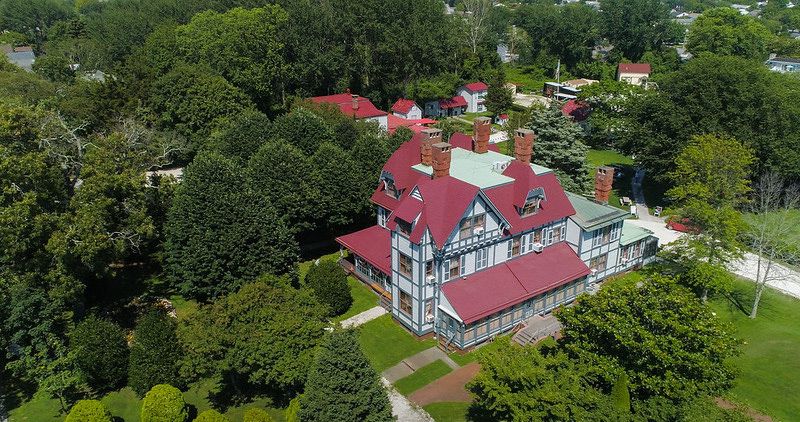
It takes a staff to run a home of that size and the employees outnumbered the people living inside the home. Today, visitors to the Emlen Physick Estate, which is a house museum, can hear their stories come to life through actors dressed in period clothing.
What many don’t know is that Cape May became a haven for freed slaves. Physick’s home became a place of gainful employment for people like Ottier Howard, the gardener, who overcame incredible odds to get here and even became a homeowner of a property that still stands. Alice Johnson, the live-in cook, stayed with the family most of her adult life, despite witnessing things like a KKK cross burning.
“If I could interview one person from the past, I don’t think it would be someone from the Physick family – it would be Alice,” said historian Ben Riding, who writes the scripts for the house tours. “Because she knew everything that was going on in the home, having worked there for so long.”
Cape May was listed on the National Register in 1976. But glancing at the original nomination form, the brief description of Physick’s home mentions only his name and the famous architect who designed it, Frank Furness. The story of this house and many others in Cape May was long incomplete.
“It really didn’t reflect the whole history of the city and the African-American history that is essential to the fabric of Cape May,” said Cindy Mullock, executive director of Cape May’s Harriet Tubman Museum.
But all of that changed this year. In March, the state’s Historic Sites Council approved what is essentially a rewritten nomination form. This new 227-page document – the original was only 18 pages – expands the boundaries of the existing historic district, including the homes in the township’s historically Black communities, including Howard’s former home at 409 Pacific Street. It also includes a Blacks-only swimming spot called Grant Street Beach.
Since 1976, Cape May’s history has become a model for historic preservation. It is one of the United State’s best preserved Victorian towns due in large part to a woman named Caroline Pitts. In 1967, when the city’s mayor launched an urban renewal campaign and the Emlen Physick House was facing demolition, Pitts used the National Register of Historic, which had only been created the year before, to prevent that from happening. But the criteria for the National Register at the time left many homes off Pitt’s list, including some integral to the history of the African-Americans living there since the mid-19th centuries.
Those arriving in Cape May by bus, which disembarks at the old railroad terminal, will find themselves in the heart of the historic Black neighborhood. The fact that it begins where the railroad tracks end is no coincidence as many Blacks, after the Civil War ended, came to Cape May to work on the Philadelphia and Reading Railways line that connected to Atlantic City. When the project was finished, the railroad workers settled down in the area around the station, which became a thriving enclave.
At its peak, the town was home to 88 Black-owned businesses that included music venues, such as Charlie’s Bar (which is now Collier’s Liquor Store), and lodgings, such as the Richardson Hotel. Today, there are only four Black-owned businesses, as many individuals left town for college and never returned, according to Hampton Taylor, president of the Harriet Tubman Museum.
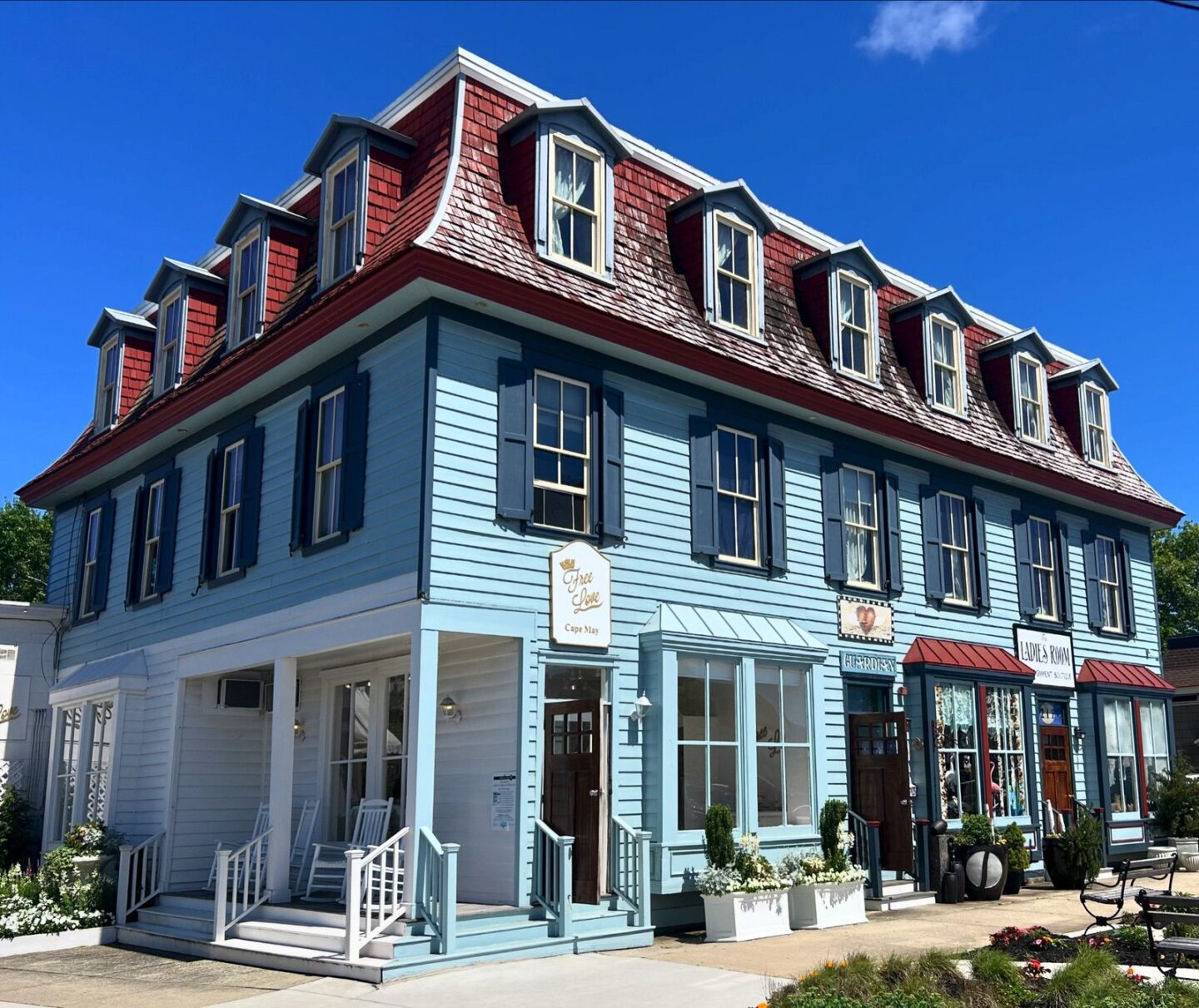
The Richardson Hotel, named after owner Harry Richardson, is a lovely Second Empire-style building. Although the inn was previously a part of the National Register designation, in the latest version it has been now promoted to the level of a “key contributing property,” which signifies the most important landmark.
Today, the lobby of the former saloon is occupied by a new age shop called Guardian, owned by Suzan Senior, a local psychic who has been in Cape May for 23 years. She can tell you all about the building’s resident well-to-do ghosts, including the lady phantom whose high-heels she can hear clacking in the room above. But she has stories about the living as well. When her husband – musician Geno White – was 11 years old, he used to sneak around to the building’s stage door to watch the Black musicians who played at the blues lounge.
“On hot summer days they would have the back door open,” White said. “That was the first time I saw a Fender Stratocaster — the sound of the guitar just blew my mind.”
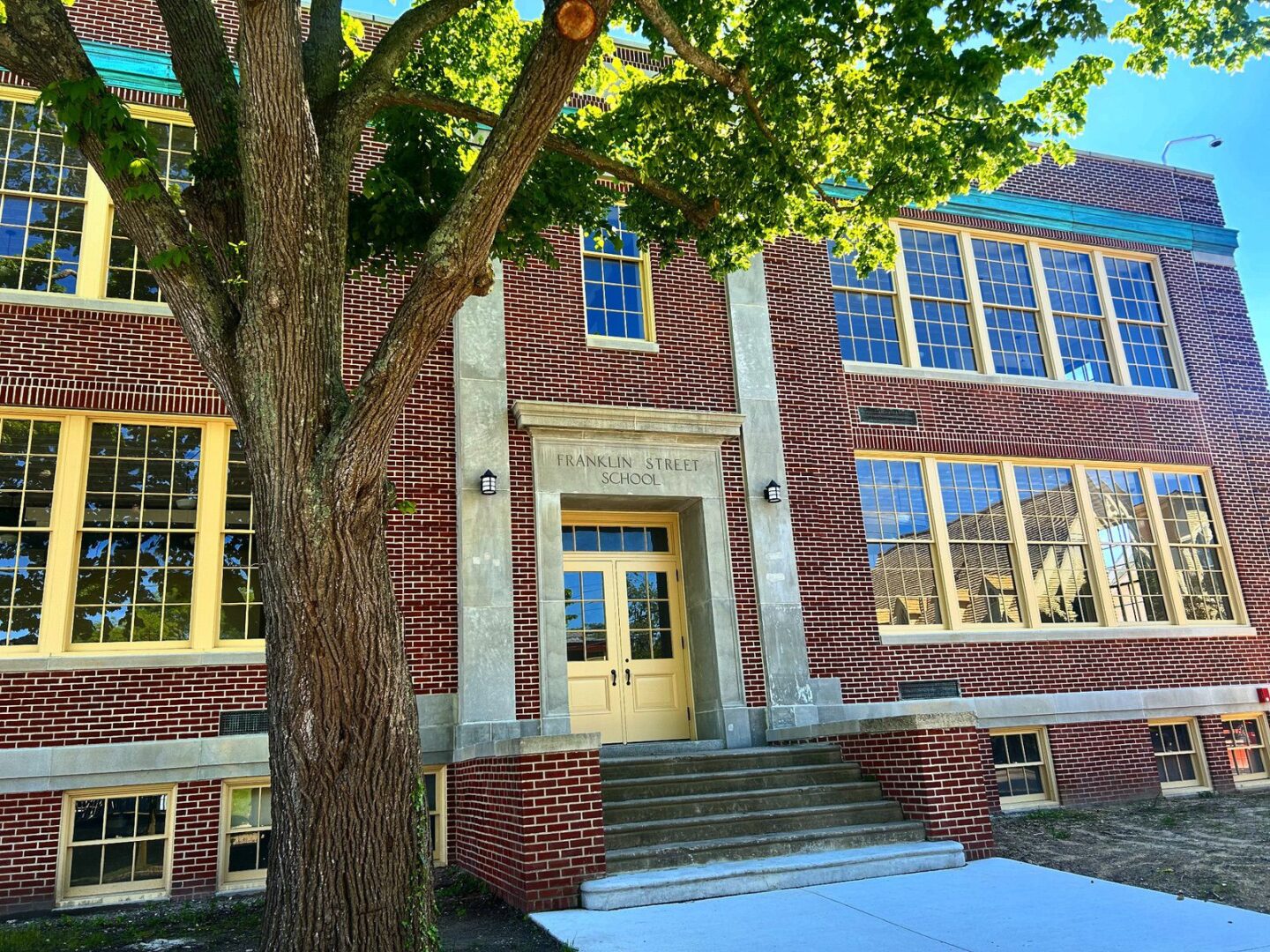
Perhaps the spiritual center of Cape May’s historic Black neighborhood would have to be at the corner of Franklin and Lafayette Street. Here we have some newly restored structures. The first is the Franklin Street School, which just celebrated its reopening this month as a library and community center. The schoolhouse functioned as a segregated classroom until 1947, when the state ordered schools to be integrated. Around the corner is the Macedonia Baptists Church, which still holds worshiping services – with Taylor as the deacon – and fundraising breakfasts.
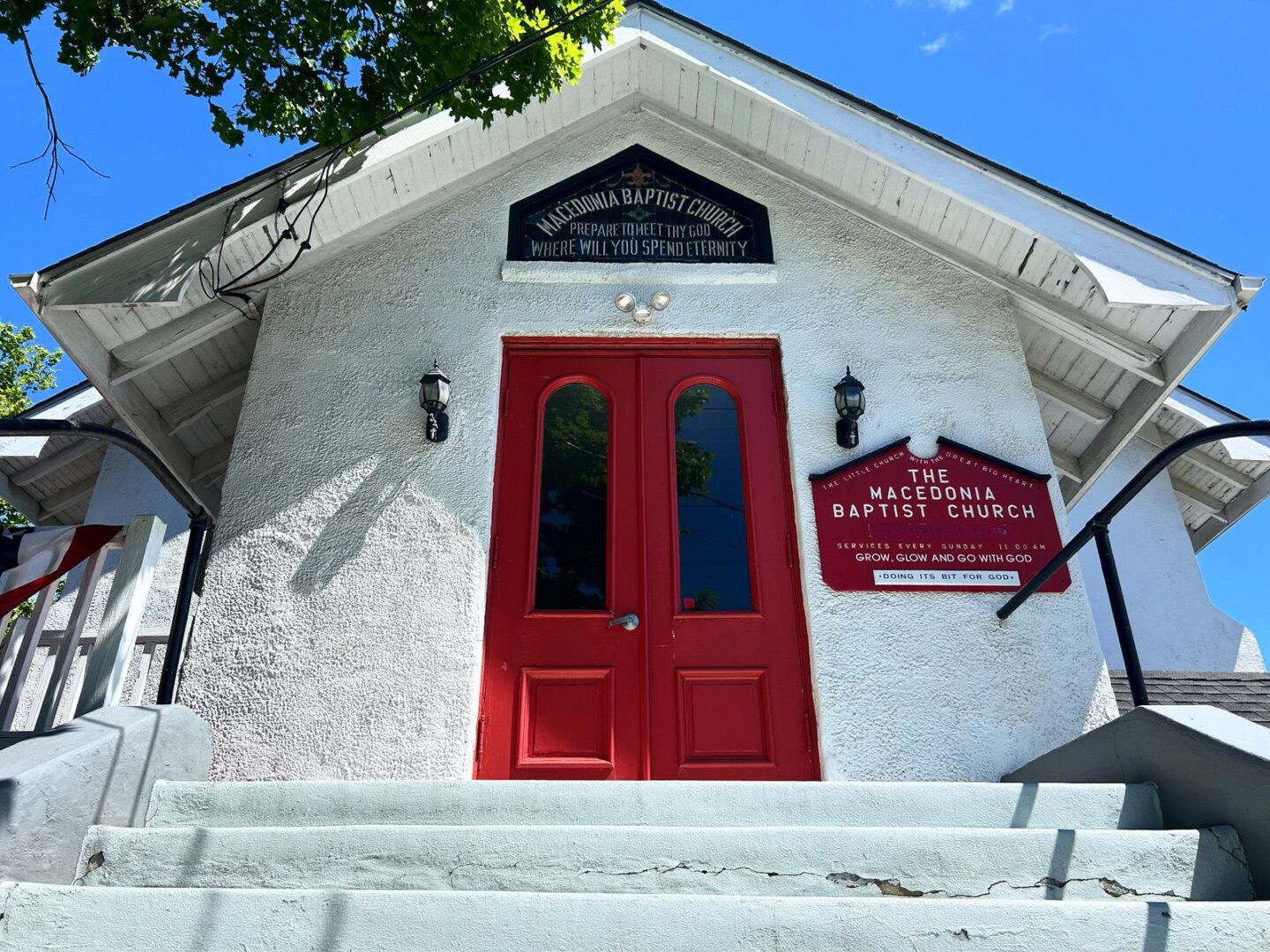
The highlight is the Howell House, where the Harriet Tubman Museum is housed. The collection is vast and the tour is thorough. It’s a must-see. The curators have artifacts like 17th-century slavery shackles and Victorian-era African-American dolls. It covers important historical chapters from the Atlantic slave trade to the Underground Railroad and the post-Civil War years. But what I really appreciated was its exhibit on Cape May’s local history that honors all the local heroes who may not have house museums that bear their name, but braved struggles to make the town what it is today.

Take Amelia Hampton, for instance. Like many cities throughout the nation, urban renewal began in Cape May’s Black community. The devastation of that history can be seen along Lafayette Street. Only a few Victorian homes and churches were spared. But the reason for their survival is not merely owed to Pitts, but also to local Black residents who fought back.
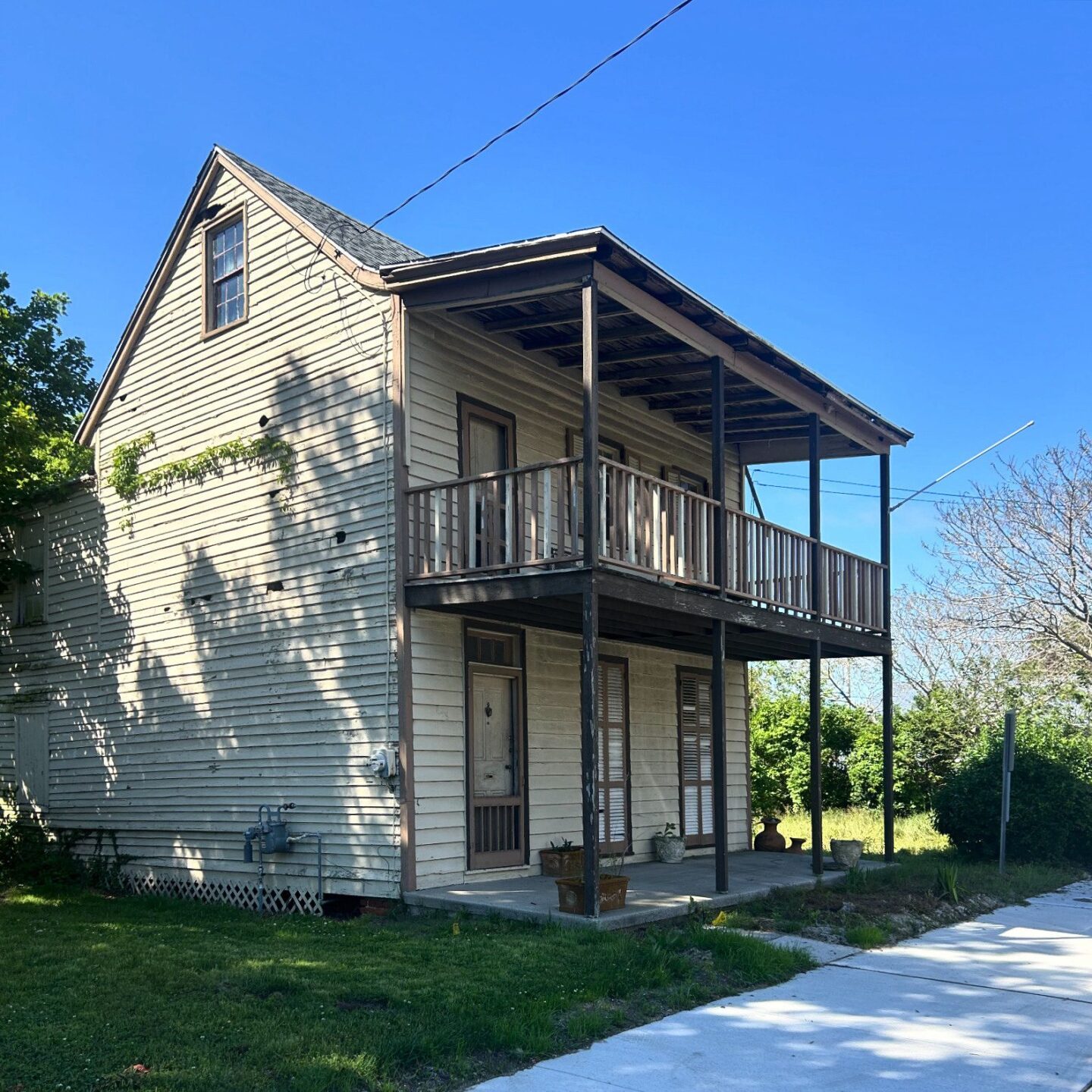
One of the most fascinating stories of resistance to urban renewal involves Hampton, who owned the Stephen Smith House. Smith, a self-emancipated slave, became one of the nation’s wealthiest African Americans and a conductor on the Underground Railroad. Unwilling to give in to the local mayor’s pressure to hand over her home, Hampton and her husband, a newspaper editor, sent a telegram to then-President Lyndon B. Johnson, who actually responded to her.
“The president contacted the City of Cape May and said, ‘If you don’t leave the Hamptons alone, I’ll cut off your federal funding,'” Taylor said. “Who would have thought the president would respond? But that’s what happened.”